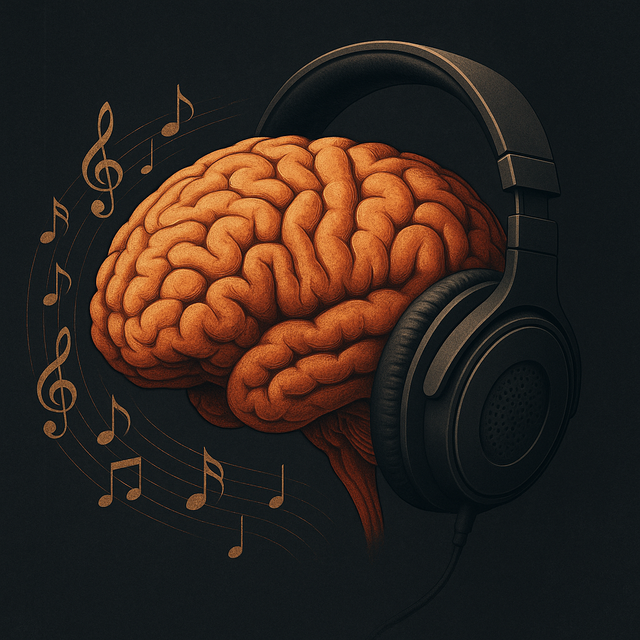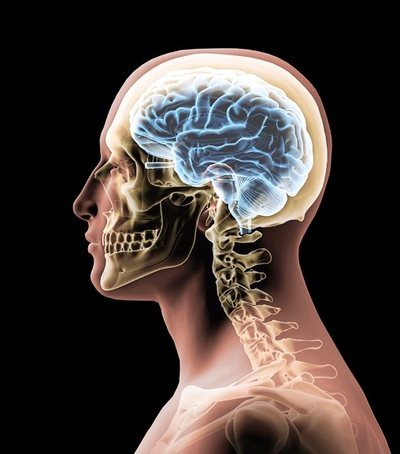
Music as the "language" of the brain
Music is one of the most universal human experiences, but also one of the most powerful stimuli for the brain. It is not just sound – it is frequency, rhythm and emotion that our brains translate into sensations and memories. Each melody activates a vast network of cerebral regions associated with memory, language, movement and feelings.
Frequencies that affect mood
Studies show that musical frequencies have a direct impact on our mood:
Slow, low sounds lower the heart rate, calm the nervous system, and help reduce stress.
Music with lively rhythms and high frequencies increases dopamine – the happiness hormone – and improves energy and motivation.
Frequencies around 432 Hz and 528 Hz are known as “poisonous frequencies” or “healing frequencies,” as they are associated with feelings of relaxation and mental balance.
Concentration and creativity
Music also affects focus and productivity. Instrumental, classical, or ambient music helps the brain enter a state of “flow,” where concentration is maximized and distracting thoughts fade. Many professionals use music as a tool to get into the rhythm of work or creativity.
Mental health and emotion
Music therapy is now part of treatments for anxiety, depression, and post-traumatic stress. It helps with emotional regulation because music activates the same areas of the brain involved in experiencing love, pleasure, and positive memories. A beloved song can become an emotional “medicine” that lifts the spirits faster than any words.
Music is much more than entertainment – ??it is a neurological language that speaks directly to our brains and souls. By consciously choosing the sounds we listen to, we can influence our mood, focus, and emotional health. Ultimately, every tune that touches us is the brain’s way of saying, “I am healing.”





